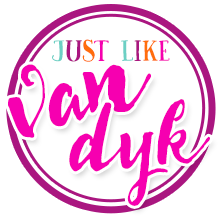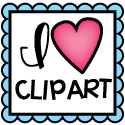I don’t know about you, but I love having a plan. Whether it's meal prep or my weekend, if I don’t have a plan or a list going, I seriously don’t know where to begin.
That’s how I imagine students feel when
it comes to creative writing. They have
heard many stories and have all these wild ideas floating around in their heads that their stories never come
to an end...except for when I cut them off and MAKE them stop!
This book, which can be found on here on Amazon, identifies that very problem.
The main character wants to write a great story, but first has writer’s
block and then listens to all the advice from her family members. Only, listening to them makes her story make
no sense.
My kids totally get how out of control her
story gets when she tries to add what her cousin’s idea of romance is with her
dad’s idea of humor.
We’ve been using this strategy to
practice our comprehension so it’s totes easy to transition it into their own
writing. I explain that there are elements to every movie and book that are like a road map. To create a good story, you have to follow the map.
We break it down even further with writing tiles: a square for the setting, character, & plot.
I remind them that their plots have to have a problem and a solution. Some students like to write the problem on the front and solution on the back of their cards so they can stay on track.
Now students are equipped with a plan and can begin writing.
How are they going to start their story differently from a narrative with a topic sentence?
We break it down even further with writing tiles: a square for the setting, character, & plot.
I love this Story
Starters:
Write
Abouts flipbook as a model for students to get ideas.
You can mix and match settings, characters, and plots, which makes for
some well-planned, yet creative stories.
I remind them that their plots have to have a problem and a solution. Some students like to write the problem on the front and solution on the back of their cards so they can stay on track.
Now students are equipped with a plan and can begin writing.
How are they going to start their story differently from a narrative with a topic sentence?
Coming across Teaching in the Tongass’
post about writing hooks was an aha moment! I
love having all the ideas displayed for students to see and try out, and they do too! Using an onomatopoeia is their favorite!
Now for differentiation:
You can level students’ writing in so many ways, but here's two that I think are important:
You can level students’ writing in so many ways, but here's two that I think are important:
1. Students
can choose to
write in the past or present: Some kids come by this naturally and some need to challenged to pick one and stick with it!
2. Students
can choose to write in the first or third person: Advanced students really enjoy this challenge and have their own little "aha moment" when they realize what you mean!
Don't forget to have students go back and read their work to a partner to check for the 5Finger Retell & to make sure all the parts of a story are present!
What resources are you using to teach creative writing? Leave me some love in the comments and let's keep the conversation going!
To share this post with your friends and colleagues, pin this image!
Don't forget to have students go back and read their work to a partner to check for the 5Finger Retell & to make sure all the parts of a story are present!
What resources are you using to teach creative writing? Leave me some love in the comments and let's keep the conversation going!
To share this post with your friends and colleagues, pin this image!












No comments:
Post a Comment